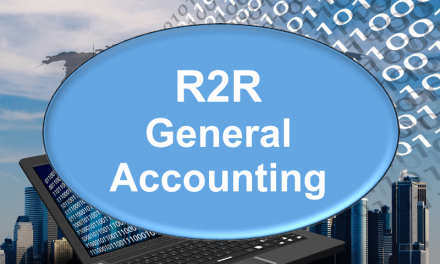We discussed why the billing process is treated as a critical function by various organizations.
https://faoblog.com/processes-ar-billing-2/
However still, this function has gained momentum in its movement to a shared service center. Centralization does have its share of benefits.
What really is a bill or invoice?
- It is a commercial document issued by a seller to the buyer, indicating the product, quantities and agreed prices for products and services, the seller has provided to the buyer.
- An invoice indicates the seller must supply to the buyer goods / services of a certain level as claimed by the seller and / or agreed to by the buyer.
- An invoice indicates the buyer must pay seller according to the payment terms.
- It is technically a contract between the buyer and seller for supply and acceptance of some category of goods / services for a sale consideration (/ service consideration)
A quick look on some common components of a billing process:
- Verify all incoming documents for raising the bills
- Validate the terms and conditions, based on contracts and sales team inputs, along with authorization checks and also credit periods.
- Generate customer bills
- Print and mail / email customer invoices
- Customer billing inquiries
- Customer database management
- In case of EIPP, ensure that the customer has received the Invoice copy.
You may subscribe to the blog from the subscription box on the opening page of the blog. We hav e enabled a button on the top of the first page, which will enable you share your posts. If you wish to write about any of the current streams, you can do it at https://faoblog.com/guest-post/. We will review your post and release it within 48 hours of your posting.



Trackbacks/Pingbacks